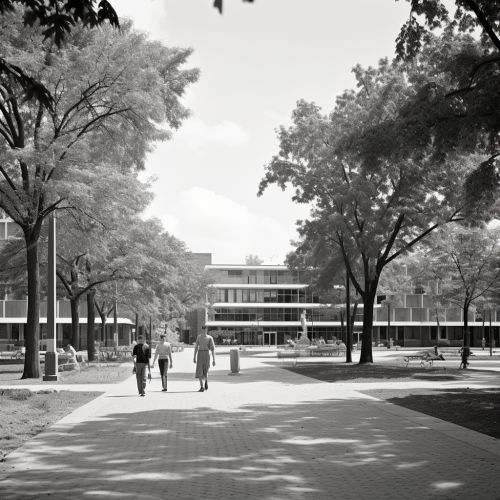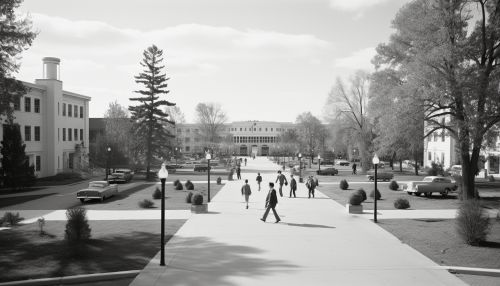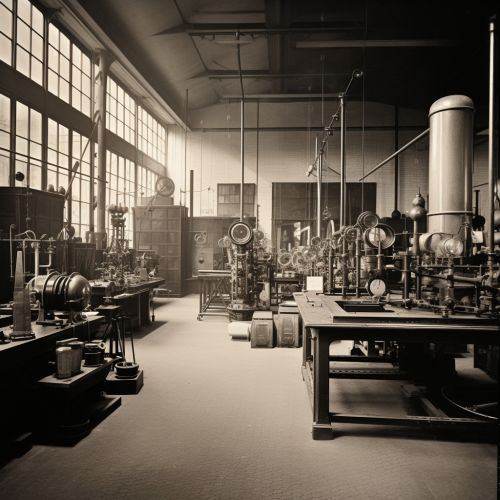James Hartle
Early Life and Education
James B. Hartle was born on August 20, 1939, in Baltimore, Maryland. He developed an interest in physics at an early age, which led him to pursue his undergraduate studies in the field at Princeton. After graduating from Princeton, Hartle went on to earn his Ph.D. in Physics from the California Institute of Technology (Caltech) in 1964.


Career and Research
Hartle started his academic career as a research associate at the Institute for Advanced Study in Princeton. He later joined the faculty of the University of California, Santa Barbara (UCSB) in 1966, where he has remained ever since. He has also held visiting positions at various institutions around the world, including the University of Cambridge and the University of Chicago.
Hartle's research primarily focuses on the theoretical aspects of quantum mechanics, quantum gravity, and cosmology. He is best known for his work on the Hartle-Hawking state, a proposal about the state of the early universe that he developed with physicist Stephen Hawking. This work combines ideas from quantum mechanics and general relativity to describe the universe's initial conditions.


Hartle-Hawking State
The Hartle-Hawking state is a proposal for the wave function of the universe, a concept in quantum mechanics that describes the state of a physical system. Hartle and Hawking suggested that the universe's wave function could be determined from a path integral over all compact Euclidean geometries, which are positive-definite metric spaces. This approach, known as the "no-boundary proposal," implies that the universe had no boundary in the past, effectively removing the initial singularity in the Big Bang model of the universe's origin.


Later Career and Legacy
In addition to his research, Hartle has made significant contributions to physics education. He is the author of the widely used textbook "Gravity: An Introduction to Einstein's General Relativity," which has been praised for its clear and accessible explanation of complex concepts. Hartle has also been involved in various outreach activities, including public lectures and science festivals, to promote the understanding of physics among the general public.
Hartle's work has earned him numerous awards and honors, including the Dirac Medal and the Eddington Medal. He is a fellow of the American Physical Society and the American Academy of Arts and Sciences, and a member of the National Academy of Sciences.


